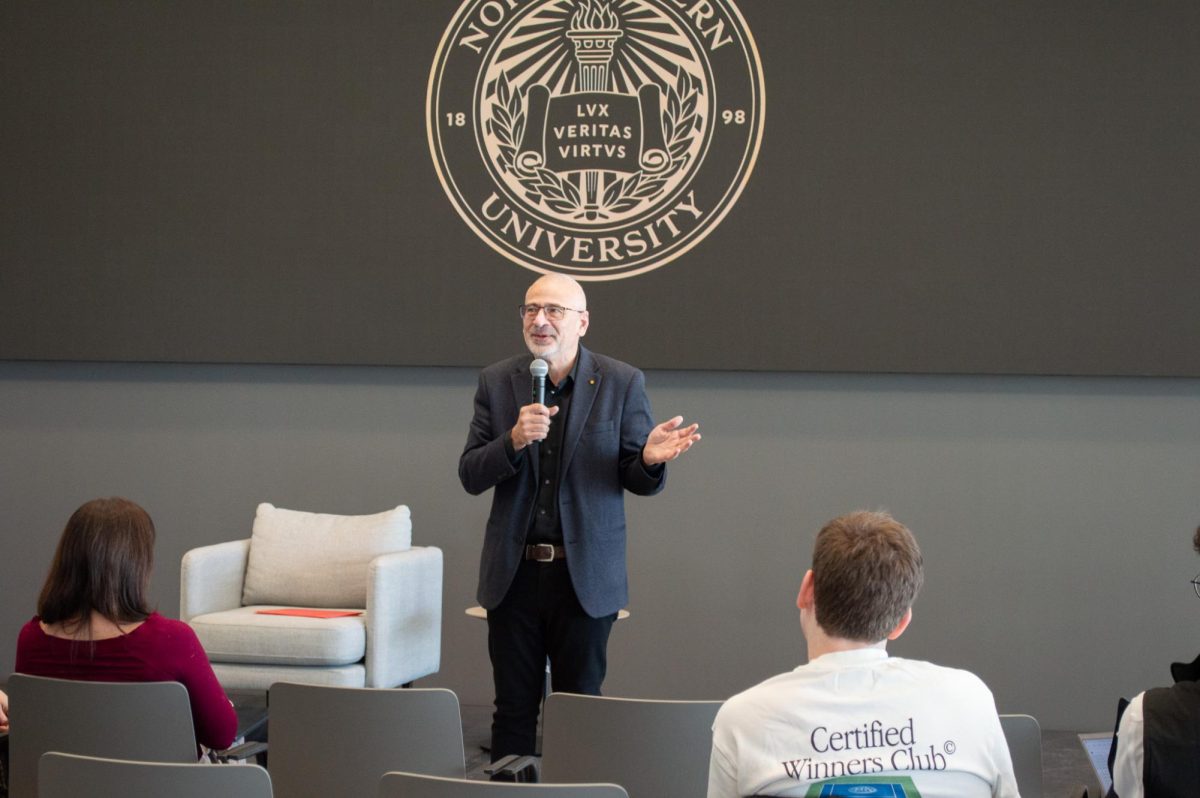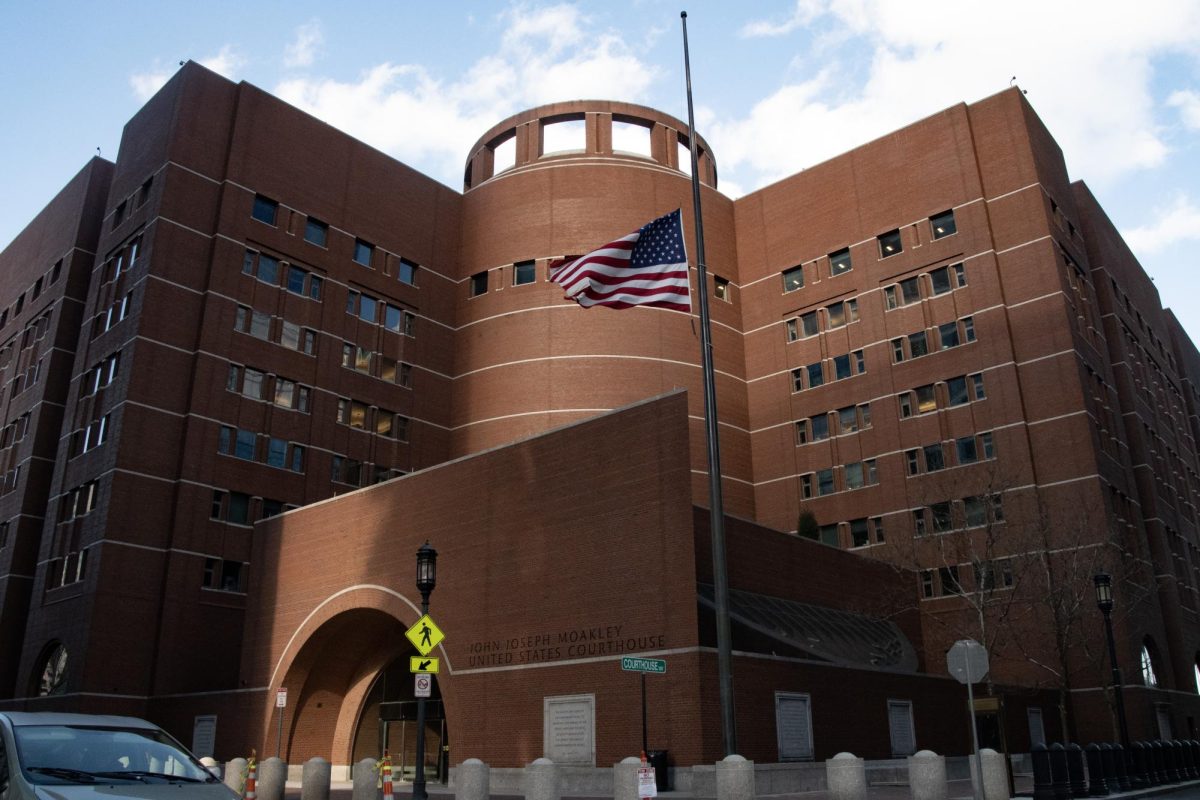Before he was a professor of journalism, Chuck Fountain was no stranger to gathering with thousands of people in the street after a sports victory.
After the United States men’s Olympic hockey team won the gold medal in a miraculous defeat of the Soviet Union in 1980, Fountain, who was in Lake Placid, N.Y., the site of the Olympics, watched a scene unfold that resembled the recent Red Sox riots.
“From every restaurant and apartment, from the arena, people just poured out into the street; there were 30,000 people,” Fountain said. “It was a tremendous moment to be sharing this victory with total strangers.”
That, however, is where the parallels end.
After the boys from Beantown completed a reverse sweep of the Yankees Wednesday night, police estimated between 60,000 and 80,000 people gathered on the streets to riot, resulting in the death of Victoria Snelgrove, a 21-year-old Emerson student, and injury to several others.
Although convening to celebrate is a natural human impulse and students should be rejoicing over the improbable win, death and destruction of property should not be subsequent consequences, Fountain said.
“A millennium from now, I’m not sure how history will judge a culture that lets people die in the celebration of athletic triumphs,” he said.
Professor Jack Levin, director of the Brudnick Center on Violence at Northeastern, said rioting is a new fad among college students, and it is not restricted to the Boston area.
“Students used to swallow goldfish in the ’30s, in the ’50s they crammed themselves into phone booths and they streaked in the ’70s,” Levin said. “In the early 1990s riots were a form of social protest; young people rioted in order to demonstrate against tax increases, budget cuts and racism; now they riot as a form of celebration.”
Although sports-related riots do not occur solely in Boston, Fountain said the Red Sox larger-than-life following does contribute to the problem.
“It’s become far more than just a game, especially in the last four or five years,” Fountain said. “I was there when Bucky Dent hit the home run, and there was no demonstration and none of the rancor there is today.”
Levin suggested increasing the number of surveillance cameras and the amount of publicity about those cameras, in order to make students feel that if they riot, they will be punished.
“The problem is, the reason why riots are so hard to stop is because the participants have a feeling of anonymity. They’re caught up in the crowd, and they don’t believe that they can be identified individually,” he said. “We know in criminal psychology it’s the certainty of punishment that reduces the crime.”
Fountain said although the recent events are unacceptable, he believes students should have the right to revel in their team’s success.
“I shudder to think about living in such a policed state that you can’t go out into the street and shout,” he said. “But you’ve got to learn where you cross the line between shouting for joy and becoming a public menace.”
He added that whether students have the right to riot or not, nothing is worth a student’s life.
“If the Red Sox can beat the Yankees but a college student will lose her life, or the Sox will lose but we’ll all wake up disappointed and alive, I would hope even the most avid Sox fan would choose losing.”









